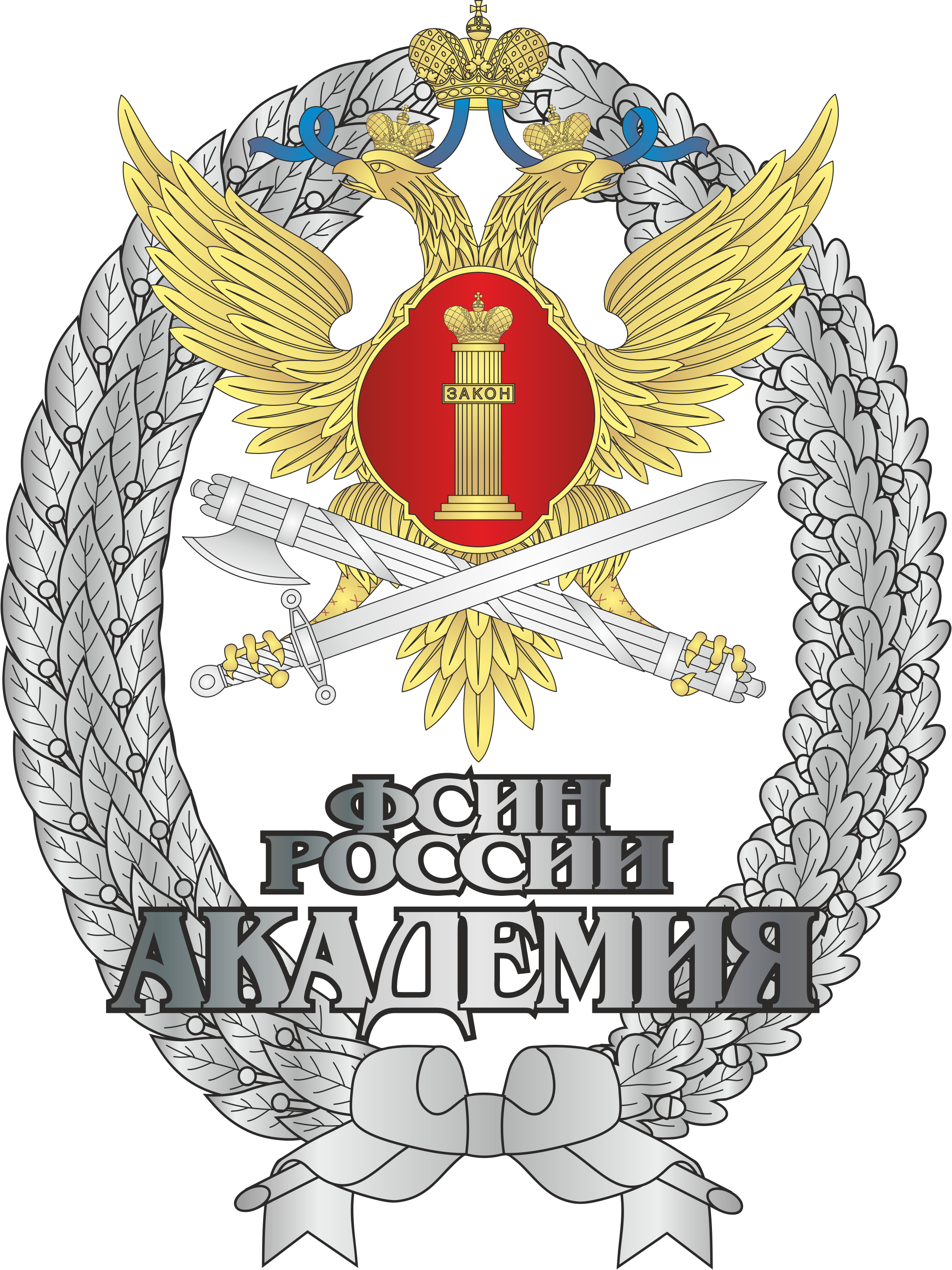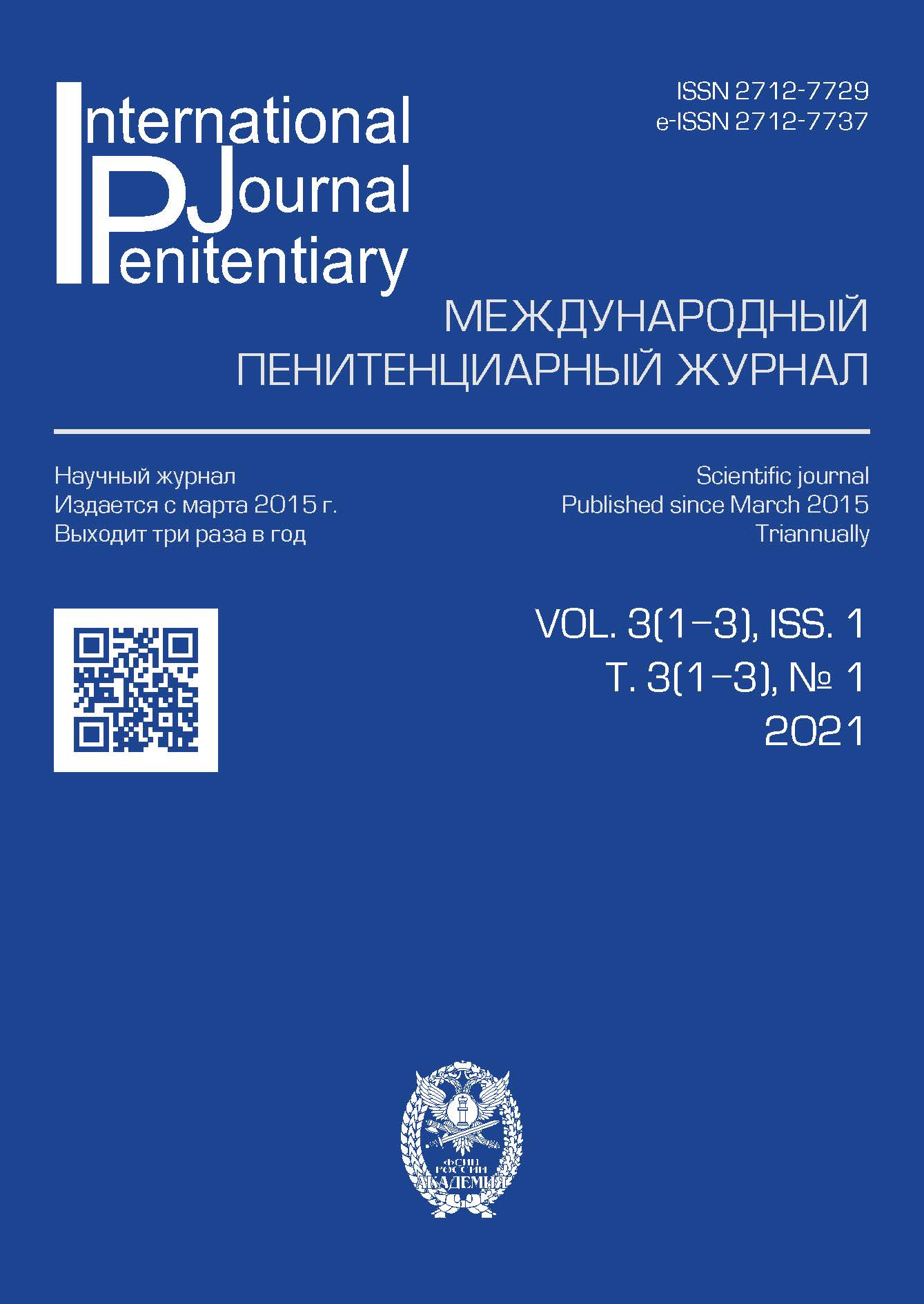Bobruisk, Belarus
The article is devoted to the relationship between the type of crime for which the convicted person is serving a sentence, the level of education, the presence of socially useful connections, the age of the convicted person and the level of his life orientation, which includes such indicators as: the general indicator of the meaningfulness of life, goals in life, the process of life, the effectiveness of life, the locus of control – I, the locus of control – life. The attitude of convicts to such vital components as: health, family, future, self-realization in work was also studied. The study used the "Test of life-meaning orientations" by D. Crambo, A. Maholik in the adaptation of D. A. Leont'ev, and the color test of relations by A. M. Etkind. In order to study life-meaning orientations and preferences in different spheres of life, 93 convicts serving sentences for various crimes were examined. The results of the study of convicts’ personality characteristics can be used by correctional officers to identify problematic aspects in the development of convicts’ personality, develop programs aimed at solving these problems and develop the strengths of convicts’ personality.
meaning-life orientations, goals in life, the process of life, performance in life
1. Kaunova, N. G. 2006, The study of life-meaning orientations and the significance of life-meaning for modern youth (based on the material of Moldova): PhD thesis (Psychology), Moscow.
2. Leont'ev, D. A. 2000, Test of life-meaning orientations, 2nd edn, Smysl, Moscow.
3. Etkind, A. M. 1987, ‘Relationship Color Test’, in A. A. Bodalev, V. V. Stolin (eds), General psychodiagnostics, pp. 220-226, Moscow University Press, Moscow.












